5. The Killing of a Sacred Deer (2017)
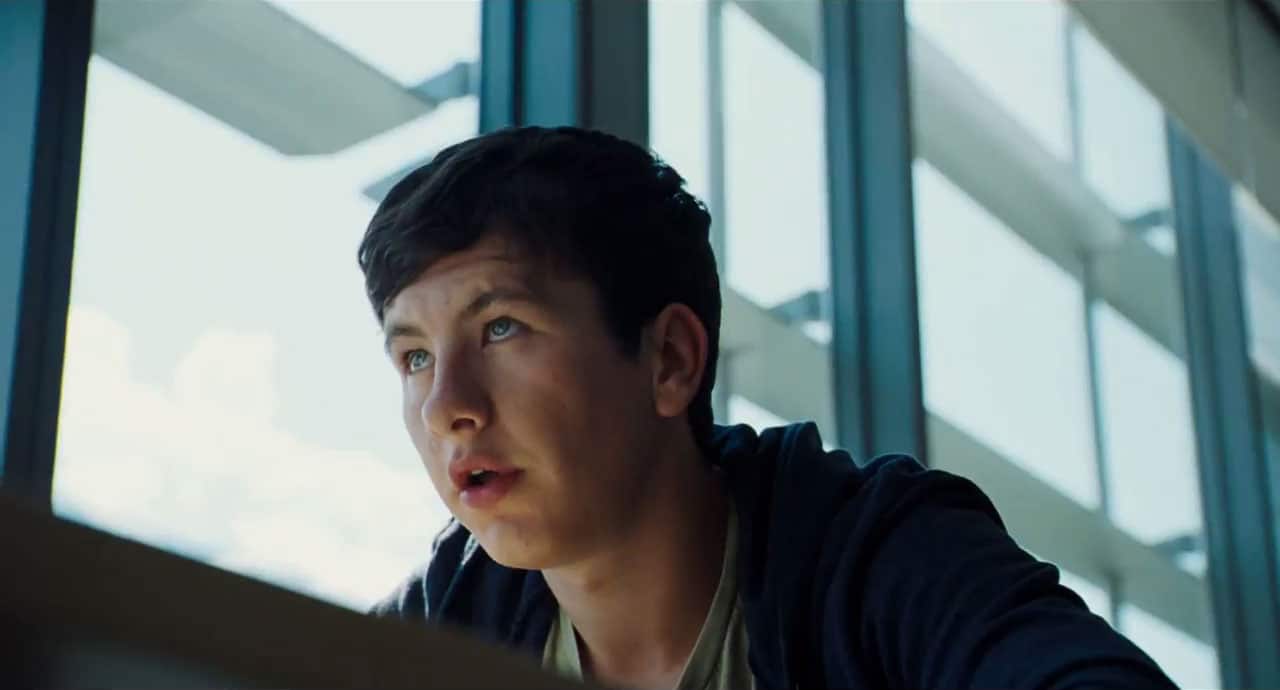
Yorgos Lanthimos continues to be one of the most exciting and unpredictable directors working today. His style may be an acquired taste for some, but there’s no denying he holds his own special and unique place in today’s cinema climate.
Based on the ancient Greek play “Iphigenia at Aulis,” Colin Firth plays a successful cardiac surgeon who starts a friendship with an awkward and slightly creepy teenage boy who’s tied to his past. Once he introduces the boy to his family, which includes his highly motivated wife played by Nicole Kidman, his family start falling mysteriously ill, which upends their seemingly in-control family dynamic.
There have always been hints of horror in Lanthimos prior work, and with “The Killing of a Sacred Deer” he finally puts us headfirst into his visceral and trademark nihilism. The deadpan delivery and never-ending politeness are still present within his characters, but this time with much more sinister undertones.
What starts out as a family drama soon morphs into a family horror as secrets, histories, and selfish motivations are soon revealed. It might be obvious where the story is going from the get-go, but Lanthimos never gets there through the path you’d think, and he has a few surprises in store.
There’s a Kubrickian influence that seems to influence films crisp visuals, which makes for a colder and more bleak world. While funny at times, it gets shocking and morbid as it goes with some questions left unanswered for interpretation. It’s the perfect study on control and how little of it we have.
4. A Tale of Two Sisters (2003)
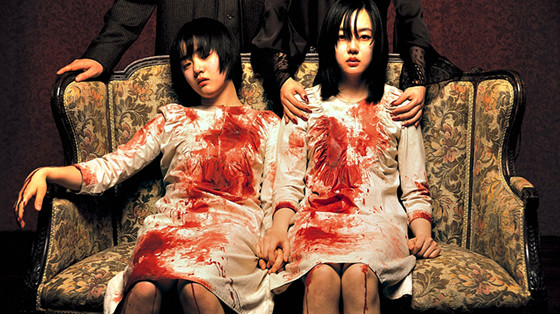
It’s surprising that there aren’t more horror films based on evil stepmothers. The recipe has always been there, something Kim Jee-woon takes full advantage of.
Based on a traditional Korean folklore tale, the premise of “A Tale of Two Sisters” might seem familiar on the surface, but there are enough differences and surprises to make it one devilishly unique film.
The plot follows a teenage girl who returns home to her father, sister, and stepmother after a stay at a mental institute. The sisters continue clashing with their cold, distant, and emotionally abusive stepmother and encounter ghosts that haunt their house, both of which seem to be tied to their family history.
Kim’s attention to detail plays wonders within the haunted mansion-type setup. Like all good horrors, location plays a major role, something he takes his time in exploring with all its gothic beauty. His pace and shots are exquisitely shot with a mesmerizing beauty that only adds to the horror.
Telling the story from the perspective of the sisters, played wonderfully by Im Soo-jung and Moon Geun-young, lends the film a certain type of curiosity and uncertainty. Like the sisters, we’re left wondering about the family dynamic, especially the relationship between their father and stepmother. The horrors in this world seem to be linked to the women who are in turn linked to one another, and they are the prime focus.
“A Tale of Two Sisters” is an intelligently made film that keeps you guessing and doesn’t resort to taking the easy way out. Neither does it attempt to answer all the questions it raises, which leaves the viewer with something to chew on. And it helps that it’s quite scary at times.
3. Raw (2016)
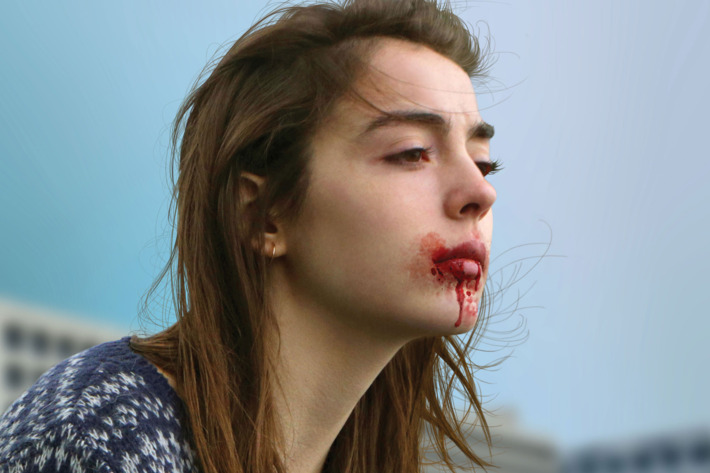
For years, horror films have been the go-to genre for filmmakers looking to make their debut. They can be cheap to make, efficient to shoot, and have the potential of making big bucks at the box office. While many filmmakers take on horror for their first films, few are able to make something of lasting impact, which makes Julia Duccournau’s “Raw” a fascinating watch.
In a brilliant feature film debut, Garance Marillier plays Justine, a strict vegetarian attending her first year at veterinary school. Along with her peers, she’s subjected to some brutal hazing rituals to initiate her to the school, which includes her eating raw meat for the first time, a nibble that develops into a violent craving for flesh and awakens her sexual desires, plunging her into the first stages of womanhood.
As a cannibal film, “Raw” is less interested in the exploitative side of the genre and delves into the psyche of cravings, whether it be human flesh or the attention of the opposite sex. Desire can be a hard thing to control, especially when you’re experiencing it for the first time. While a brilliant student, Justine is lacking on the socializing side, which her older sister (also at the school) effortlessly fits into, thus playing a huge part in their sibling rivalry. It’s fascinating watching her evolve into her primal, unpredictable self.
Ducournau assuredly puts us into Justine’s shoes. Like a veteran, she masterfully takes her time immersing us into Justine’s world of misery, where the sky is always covered with clouds, the air is always cold, and the people are either hostile or indifferent. Her controlled pace works wonders, whether in moments of hypnotizing beauty or gross-out shock.
While “Raw” isn’t the most shocking cannibal film you’ll ever see, aside from the reported cases of select viewers passing out during some of its festival screenings, it’s a completely engrossing horror that will linger in your mind long after.
2. The Witch (2015)
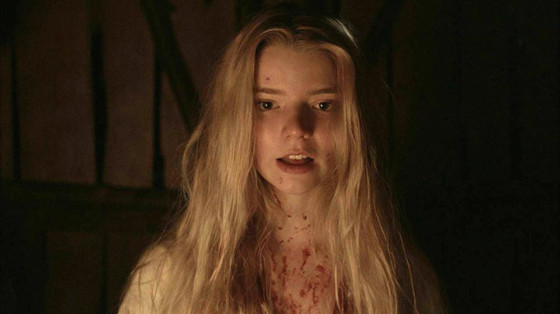
For centuries, witches have inspired books, movies, songs, urban legends and folktales that have spoken of their evil. In his directorial debut, Robert Eggers explores what these forces can do to a person’s psyche when dealing with something they can’t quite grasp or control.
Set in 1630 New England, a difference in interpretation of the New Testament causes a family to be banished from a Puritan plantation. They find a piece of land that they call home, but soon start experiencing forces of evil in the woods that surround them and threatens to rip them apart as they descend into madness.
Based on atmosphere alone, “The Witch” reaches a level that most horror films would die for. It’s unsettling to the bone, leaving you on the edge of your seat and ready to jump out in fright at the smallest things. But that’s where the genius of the film lies, making it easy for the characters to fall victim to their worst fears and paranoia.
With an excellent cast staring Anya Taylor-Joy, Ralph Ineson and Kate Dickie, “The Witch” proves to be the ultimate experience in dread and religious fanaticism. Egger is in no rush to reveal all the tricks up his sleeve and thus takes his time immersing us in the historical setting and family dynamic that eventually bursts at the seams.
Witches can be tricky to portray, especially in horrors with their flying broomsticks and bubbling cauldrons, yet Egger finds brilliant ways of doing so with ambiguity and mere suggestions. It never feels silly besides its folklore inspirations.
“The Witch” has none of your usual horror trappings and is without a doubt one of the century’s most unique and atmospheric films. The terror of dealing with unknown evil forces is enough to make anyone lose their sanity but here, it’s an engrossing and thought-provoking watch.
1. Black Swan (2010)
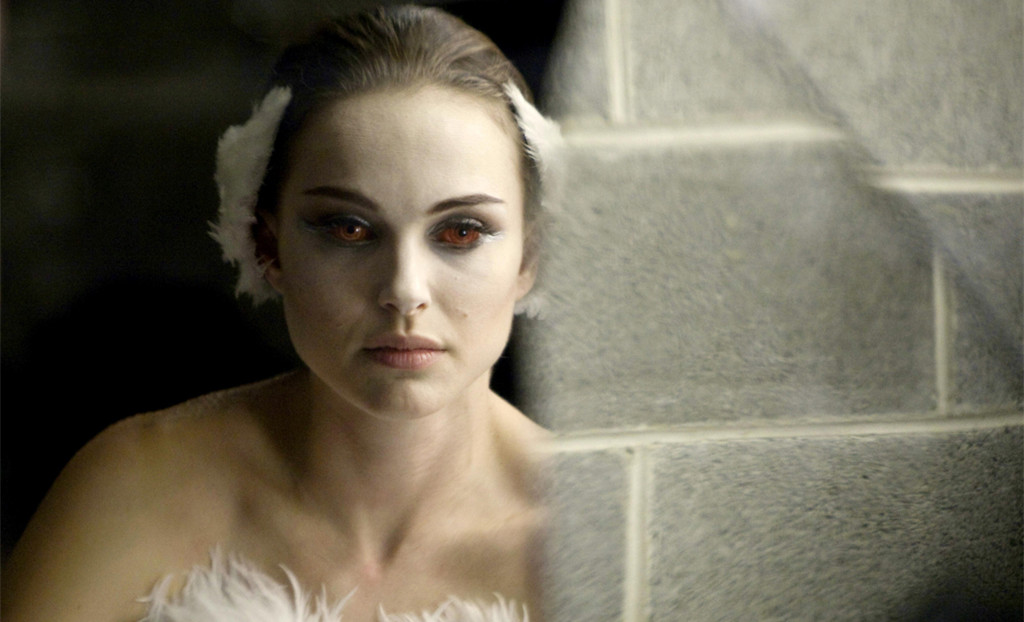
Darren Aronofsky’s most successful film is also one of his best. He takes us further into the abyss of obsession, perfection, and addiction that many of his films have explored.
Natalie Portman gives a career-best performance as Nina, a shy, fragile ballerina who fits perfectly into the role of the White Swan in Tchaikovsky’s Swan Lake that the ballet company she dances for is undertaking for the season. However, the pressure and competitiveness required of her to balance that with the Black Swan causes her to lose her grip on reality and sanity, as she makes the ultimate sacrifice for her art.
No other film this century has taken audiences on a psychological journey quite like “Black Swan.” By making it obvious that a lot of what Nina is experiencing is all in her head, the audience is not too fussed on figuring out clues or working out red herrings. But it doesn’t mean that the story loses any potency; in fact, it’s all the better for it. We’re left to just watch and (enjoy?) the show.
It’s nothing new watching Aronofsky’s characters self-destruct for something that means the world to them. But with “Black Swan,” the director arguably dives deeper than he has before or since. As the pressure mounts, we watch Nina lose herself more and more for a role that could ultimately kill her. At times it’s uncomfortable watching her push herself so far, perhaps because she’s so fragile, but she keeps pushing and we keep watching.
Aronofsky makes the best out of the limited budget and the results are simply breathtaking. He holds a tight grip on the film from the first second to the last. His pacing as always is perfection with never a dull or dragging moment. There are moments of genuine beauty, particularly with the ballet dancing and with Portman’s amazing Oscar-winning performance.
“Black Swan” is simply what a psychological horror film is and should be. It’s a living nightmare where the horror doesn’t come from the world, but comes from within and how we perceive the world. And for that, it holds the number one spot.